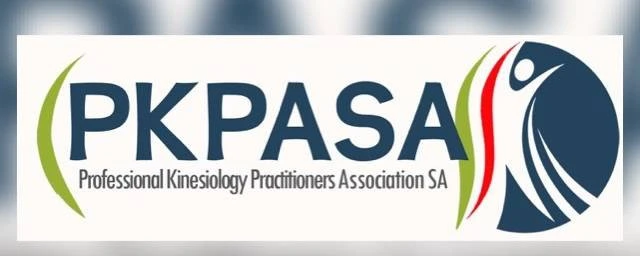Bodyworks - Heiderand (6511)
Mossel Bay / Mosselbaai, Eden District, Western Cape
Best match results for bodyworks in Heiderand + 5km.
Kinesiolgy offers a non invasive natural healing method using Muscle testing and balancing. Kinesiology covers many spheres in life . Kinesiolgy will assist you to be healthier, more balanced, more motivated, more energetic and more self-directing. Structure ADD Learning difficulties Goal setting Compulsive behaviours Addictions Nutrition Self motivation Allergies Chronic pain Post trauma Fears Phobias Self -discovery Self -empowerment Sport injuries Stress Kinesiology balances the... Read more
- Mitchell Street, Mossel Bay / Mosselbaai CBD 6506, Western Cape
- 2-5 km from Heiderand
Other related businesses in and around Heiderand (within 20km)
- 33 Protea Road, Dana Bay, Mossel Bay, Mossel Bay / Mosselbaai CBD 6506, Western Cape
- 5-10 km from Heiderand


